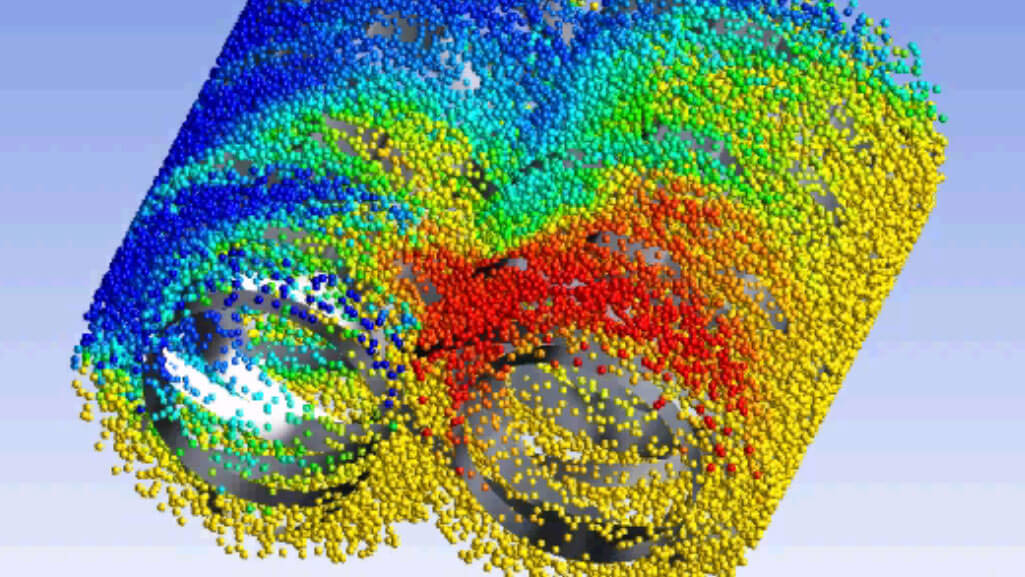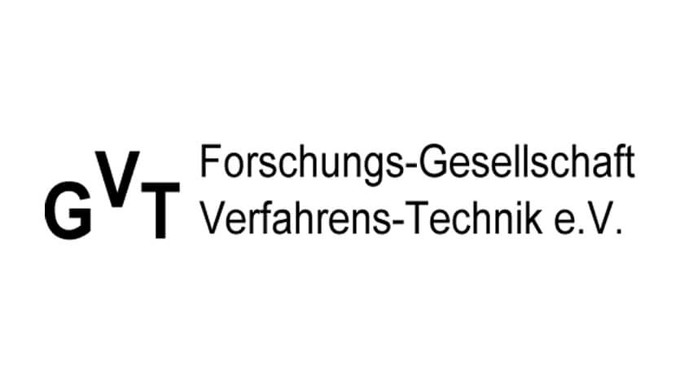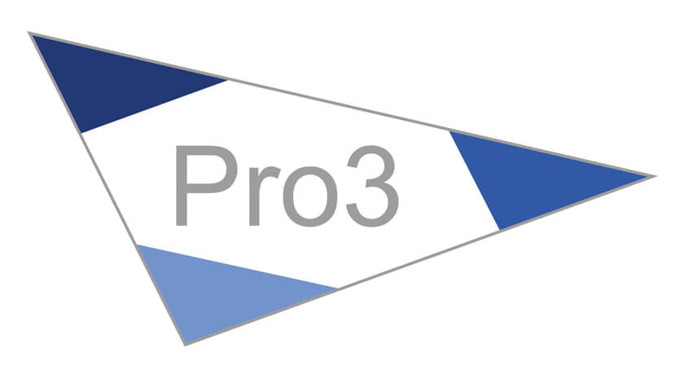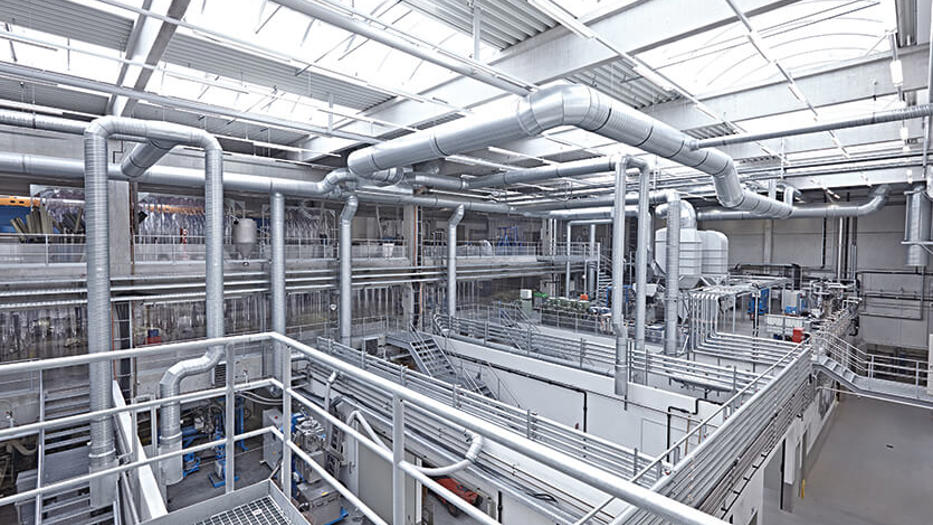All our research findings flow directly into the development of new components and optimized processes. This is the only way we can efficiently offer our customers’ long-term improvements to their extrusion and compounding systems. In this way, we simplify their operations and increasingly improve both their product quality and the cost-effectiveness of their twin screw extruders.
Our research and development fields are extremely diverse, ranging from simulating various component designs, through analyzing mixing effects in the process section, to investigating the product wear caused by different screw elements.













